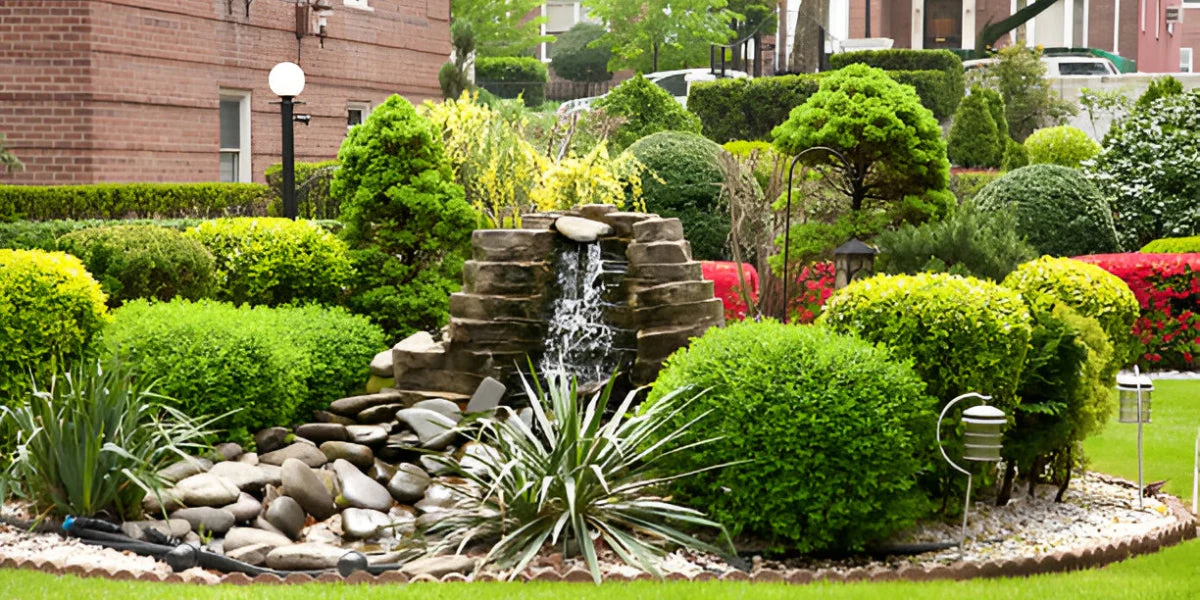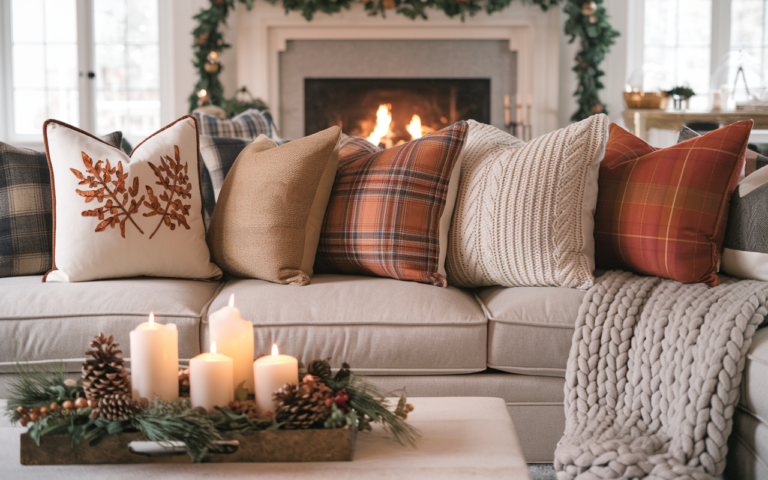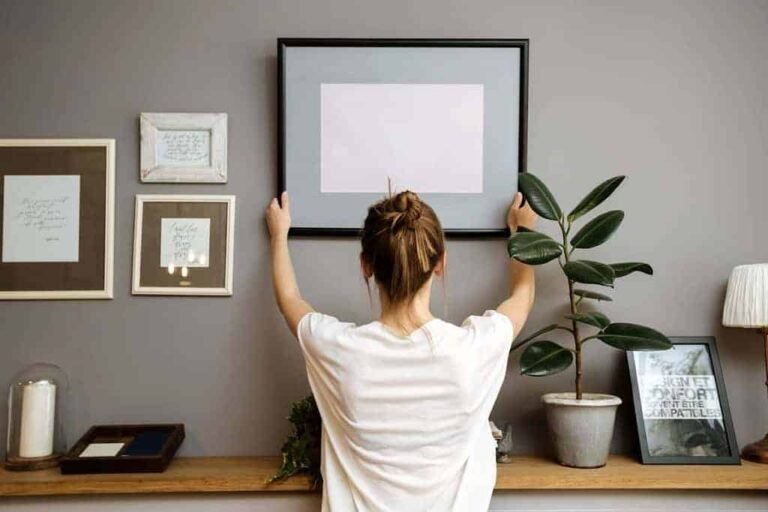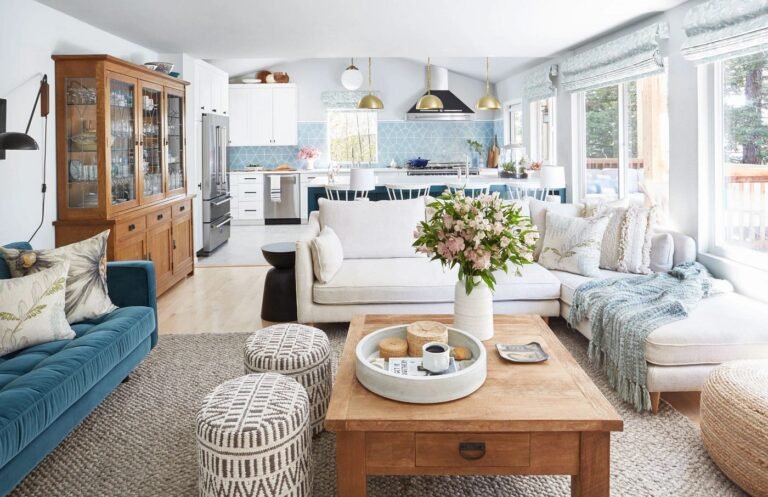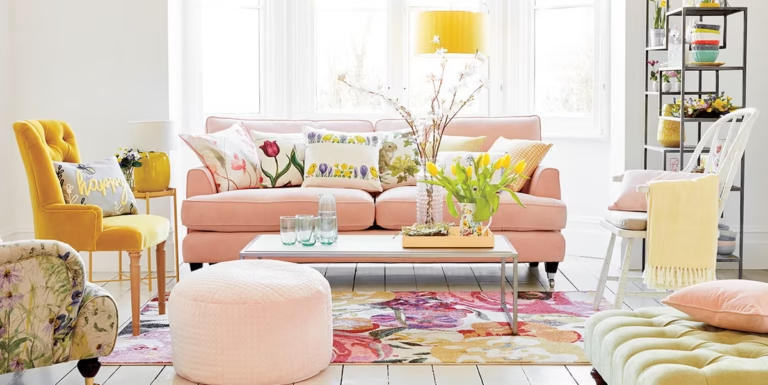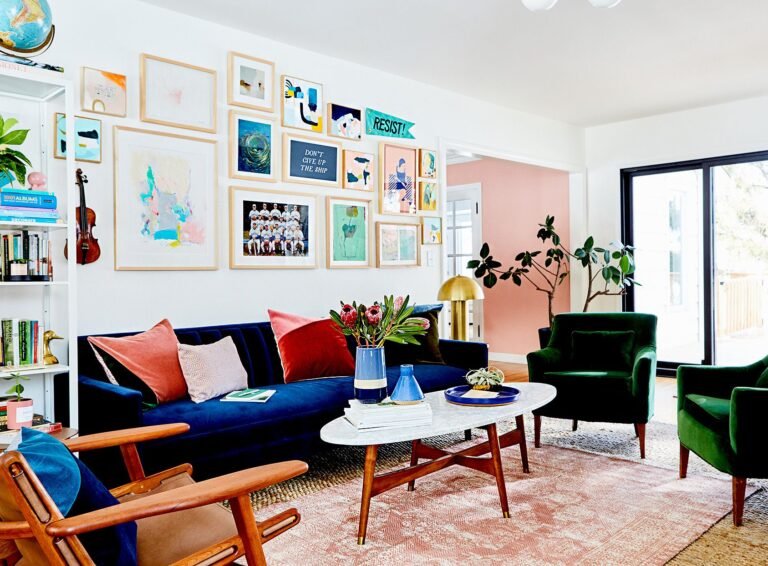Eco-Friendly DIY Projects to Green Your Home
Living in a way that doesn’t harm the environment is more important than ever these days. The world benefits from eco-friendly choices, and they also help us make better, longer-lasting homes. There are many ways to improve your home, such as cutting down on waste and energy use. You don’t have to spend a lot of money to make changes that are better for the environment. Do-it-yourself projects are a wonderful way to save money, make your home more eco-friendly, and add a personal touch. This article will discuss some simple and useful eco-friendly do-it-yourself projects that you can use to make your home greener.
The Beginning
You don’t have to make big, expensive changes to go green. You can make small changes that matter a lot to the world if you put in some thought and work. Eco-friendly projects you can do yourself not only help the environment but also make your home more beautiful and efficient. There is a do-it-yourself project for everyone, whether you want to save energy, cut down on waste, or just add natural elements to your area. Let’s look at some useful and inexpensive do-it-yourself projects that you can use to green your house.
1. To save energy, put up solar panels
Cutting down on energy use is one of the best things you can do to make your home more eco-friendly. Putting solar panels on your roof can cut your power price by a lot and make you less dependent on energy sources that don’t come back.
Installing solar panels usually costs money up front, but the money you save on energy costs over time makes the project worth it. You can put up solar panels yourself if you know how to use tools, or you can hire a pro for a more complicated job. A lot of local governments also offer discounts or refunds for installing solar panels, which makes this an even better deal.
2. Use old furniture in new ways to cut down on waste
Think about turning old furniture into something new instead of throwing it away. Using things in new ways cuts down on waste and saves things that would have gone to the trash otherwise. Old furniture can be changed in a lot of creative ways, like by cleaning and painting old tables or making a unique desk out of an old wooden ladder.
If you’re unsure where to start, consider seeking out easily recyclable furniture such as wooden chairs, cabinets, or desks. With a little paint, new tools, and imagination, you can turn old furniture into beautiful, useful items that don’t add to trash.
3. Make your own bin for composting
Composting is an easy and very effective way to get rid of trash and make plant soil that is full of nutrients. You don’t have to throw away food scraps; instead, you can turn them into useful compost that will improve yard soil and help the earth.
It’s easy to do yourself and doesn’t take much to make your own waste bin. To make a composting system in your backyard, you can use old wooden boards or big bins in new ways. Put kitchen scraps, grass clippings, and leaves in the bin and turn it over often to help the food break down. Over time, you’ll have compost that is full of nutrients that you can use to feed your plants instead of chemical fertilizers.
4. Set up a way to collect rainwater
Saving water is an important part of living in a way that doesn’t harm the environment. A rainwater collection system is a great do-it-yourself project that can help you do this. You can store rainwater from your roof in a barrel or tank so that you can use it later in your yard or to clean up outside.
A rainfall deflector, a big container (like a barrel or tank), and a filter system are all you’ll need to make a simple rainwater collection system. You can water plants, clean your yard, or even wash your car with the collected rainwater. This will help you use less tap water and protect valuable resources.
5. Make your own eco-friendly cleaning products
A lot of traditional cleaning products contain strong chemicals that are bad for the environment and the air quality inside your home. Instead of buying cleaners that are full of chemicals, you could make your own natural ones with things like lemon, vinegar, and baking soda.
From an all-purpose cleaner to a natural glass cleaner, there are a lot of ideas for cleaning products that you can make at home. Homemade cleaners are cheaper and better for the environment than store-bought ones. Making your own cleaning goods can help you and the environment by cutting down on waste and staying away from chemicals that are bad for you.
6. Put in lights that use less energy
One of the best ways to lower your home’s energy use is to switch to lighting that uses less energy. LED lights last a lot longer and use a lot less energy than regular incandescent bulbs. This makes them a great choice for homes who care about the environment.
It’s simple and quick to replace your home’s light bulbs with LED ones. This can save you a lot of money on your energy bill. You can also put motion detectors or timers in places that aren’t used very often to make sure the lights only turn on when they’re needed.
7. For small spaces, make a vertical garden
A rooftop garden is a great way to grow your food even if you don’t have much room outside. Vertical gardens let you grow plants up instead of on the ground, maximizing your growing space. You can make a simple vertical garden out of old shoe racks, wooden boards, or containers that have been used for something else.
Plant herbs, veggies, and flowers in vertical gardens. You can put them on patios, porches, or even inside your home next to a sunny window. This project will not only help you grow your own food, but it will also help the environment by cutting down on the need to buy fruit from stores.
8. Use old glass jars for storage and decoration
If you want to store things or decorate your home, glass jars are a flexible and eco-friendly choice. You don’t have to throw away empty jars; you can use them for other things. You can store dry goods in glass jars in the kitchen, keep your makeup brushes in them in the bathroom, or use them as flower vases in the living room.
You can also be artistic and paint, bind, or cover the jars in fabric to make them fit your home’s style. This easy do-it-yourself project not only helps the environment but also makes your room more personal and keeps things in order.
9. Make an upcycled piece of art on your own
Making art out of old things is a fun way to decorate your home with something unique while also reducing waste. Whether you use scrap metal to make a sculpture, old clothes to make fabric art, or old wood into a beautiful sign, upcycling materials for art keeps them from going to the trash and gives them a new life.
Here’s a great project that’s both eco-friendly and a great way to show off your talent and add unique pieces to your home. You and your family can work together on this project, which makes it fun and environmentally friendly for everyone.
10. Make your own draft stoppers to insulate your home
Keeping your home well-insulated is a must if you want to use less energy. Making draft stoppers for doors and windows is a simple do-it-yourself job that can help you keep your home at a comfortable temperature without using too much heating or cooling.
In order to make your own draft stoppers, you will need cloth, a sewing kit, and rice or sand to fill them. Cut the cloth to the diameter of your doors and windows, sew it into a tube, and then fill it with the stuffing. In the winter, put the draft stopper along the bottom of doors and windows to keep cold air out. In the summer, do the same thing to keep cool air inside.
Comparison Chart: Eco-Friendly DIY Projects
| Project | Time Required | Estimated Cost |
|---|---|---|
| Solar Panel Installation | 1-2 days | $2,000-$5,000 |
| Repurposing Furniture | 2-4 hours | $10-$50 |
| Compost Bin Creation | 1-2 hours | $10-$30 |
| Rainwater Harvesting System | 3-5 hours | $50-$200 |
| Natural Cleaning Products | 1-2 hours | $5-$15 |
| Energy-Efficient Lighting | 30 minutes | $5-$50 |
| Vertical Garden | 2-3 hours | $20-$100 |
| Upcycled Glass Jars | 1 hour | $0-$10 |
| Upcycled Art Piece | 3-5 hours | $10-$50 |
| DIY Draft Stoppers | 1-2 hours | $5-$15 |
FAQs
1. What are the benefits of composting at home? Composting reduces the amount of food waste that ends up in landfills, produces nutrient-rich soil for your garden, and helps reduce greenhouse gas emissions.
2. How much does it cost to install solar panels? The cost of installing solar panels can range from $2,000 to $5,000 depending on your system’s size, but government incentives and rebates can significantly reduce the cost.
3. How do I start a vertical garden? To create a vertical garden, start by using a structure like a wooden pallet, repurposed containers, or a simple rack. Fill it with soil and plant herbs, vegetables, or flowers. Ensure your vertical garden gets enough sunlight.
4. Can I use homemade cleaning products on all surfaces? Yes, natural cleaning products like vinegar, baking soda, and lemon are safe for most surfaces. However, always test a small area first, especially on delicate materials.
5. What’s the best way to reduce energy consumption at home? Switching to energy-efficient lighting, insulating your home, and using appliances wisely can all help reduce energy consumption. Installing solar panels can also greatly improve your home’s energy efficiency.
Conclusion
Greening your home doesn’t have to be complicated or expensive. With these simple and eco-friendly DIY projects, you can reduce your environmental impact, save money, and create a healthier living space. From composting to installing solar panels, there are plenty of ways to make your home more sustainable. Embrace these DIY ideas and take small steps toward a greener, more eco-conscious lifestyle today!
References:
-
“How to Make Your Home More Eco-Friendly.” EPA. (2025)
-
“10 Easy Ways to Reduce Household Waste.” Green Living. (2025)
